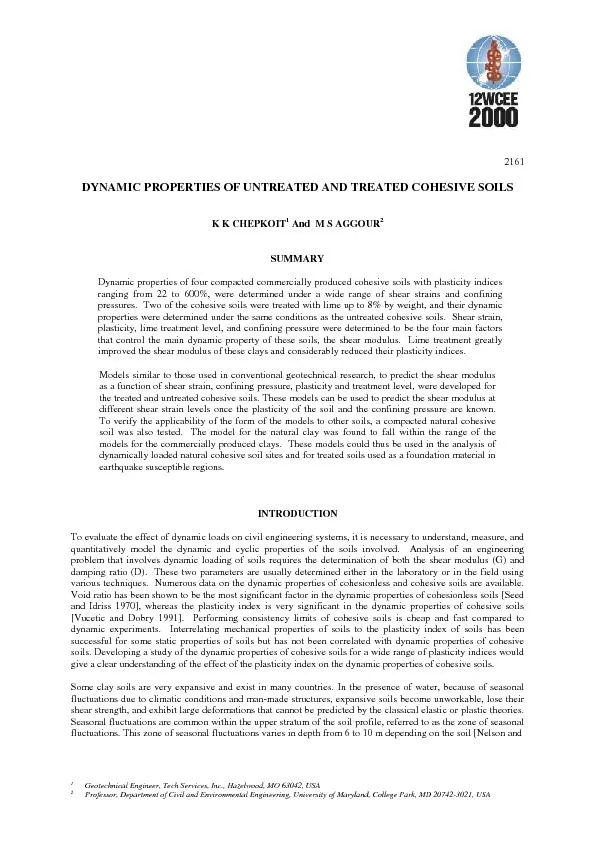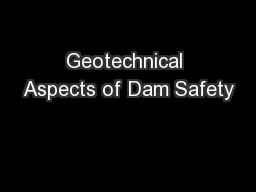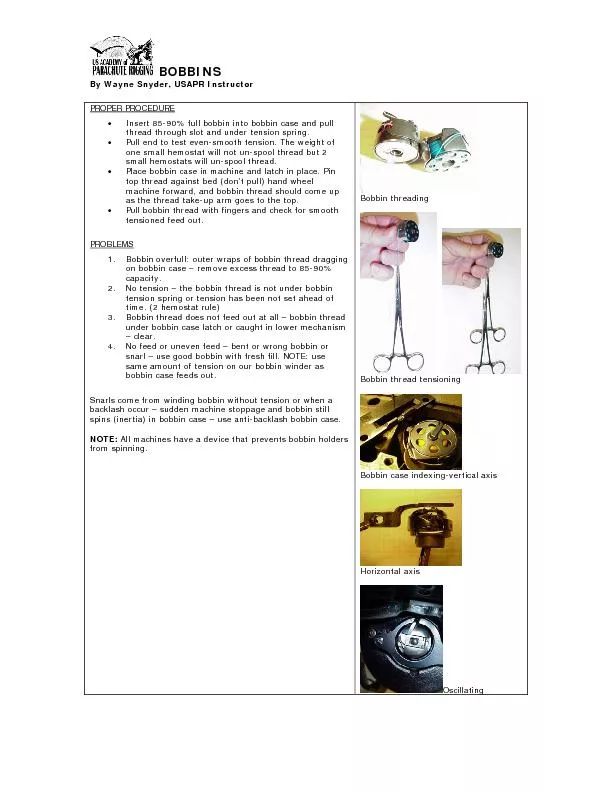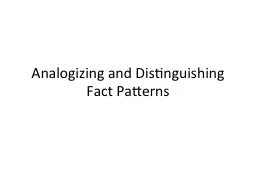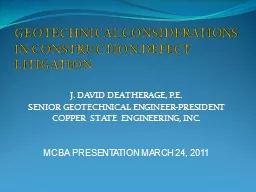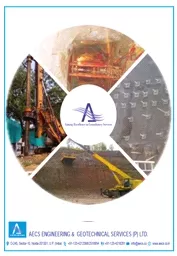PDF-Geotechnical Engineer, Tech Services, Inc., Hazelwood, MO 63042, USAPr
Author : min-jolicoeur | Published Date : 2016-03-07
2161Miller 1992 Expansive soils are treated through chemical stabilization Chemical stabilization is the mixing ofsoil with one or a combination of admixtures for
Presentation Embed Code
Download Presentation
Download Presentation The PPT/PDF document "Geotechnical Engineer, Tech Services, In..." is the property of its rightful owner. Permission is granted to download and print the materials on this website for personal, non-commercial use only, and to display it on your personal computer provided you do not modify the materials and that you retain all copyright notices contained in the materials. By downloading content from our website, you accept the terms of this agreement.
Geotechnical Engineer, Tech Services, Inc., Hazelwood, MO 63042, USAPr: Transcript
Download Rules Of Document
"Geotechnical Engineer, Tech Services, Inc., Hazelwood, MO 63042, USAPr"The content belongs to its owner. You may download and print it for personal use, without modification, and keep all copyright notices. By downloading, you agree to these terms.
Related Documents

